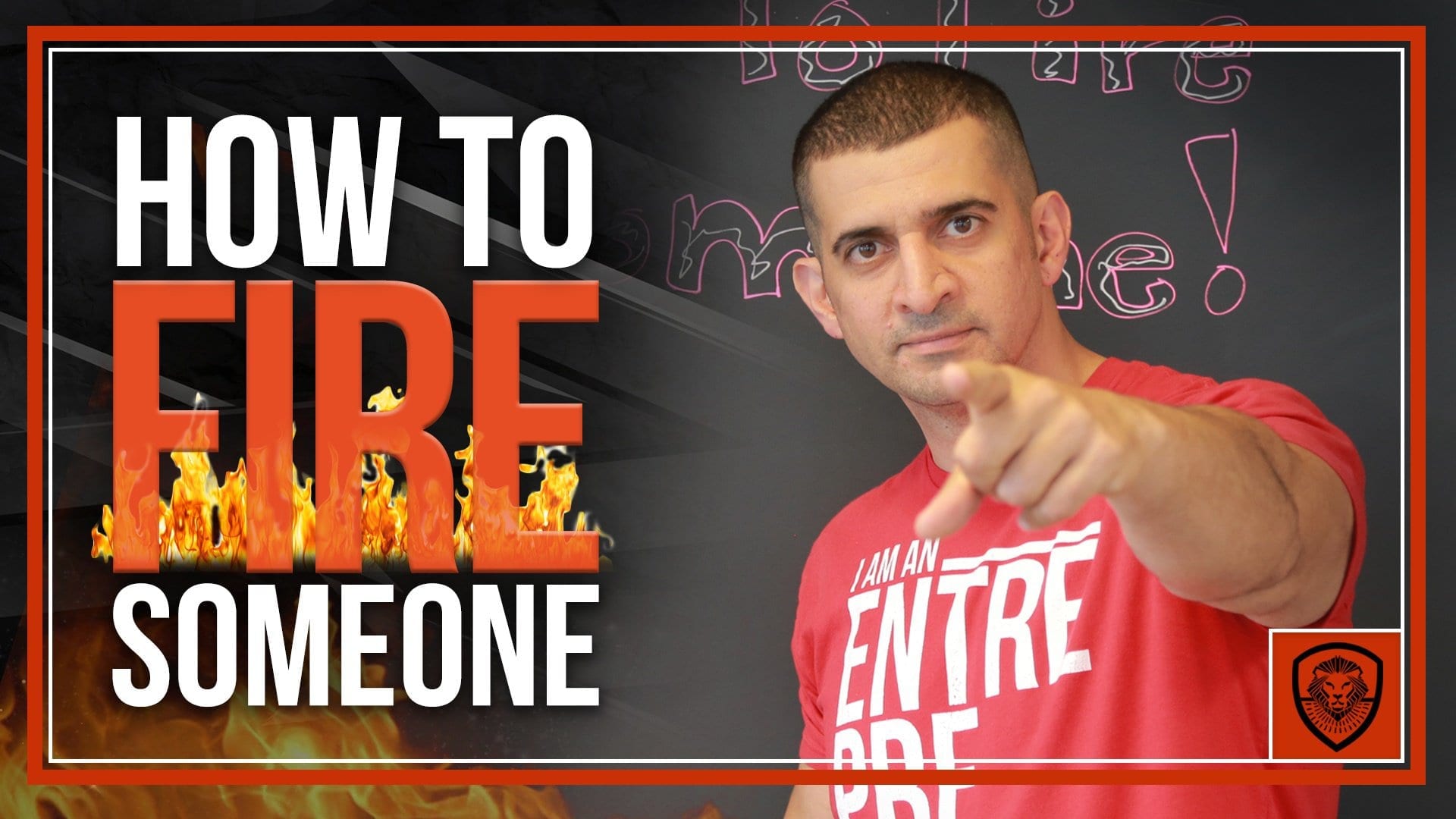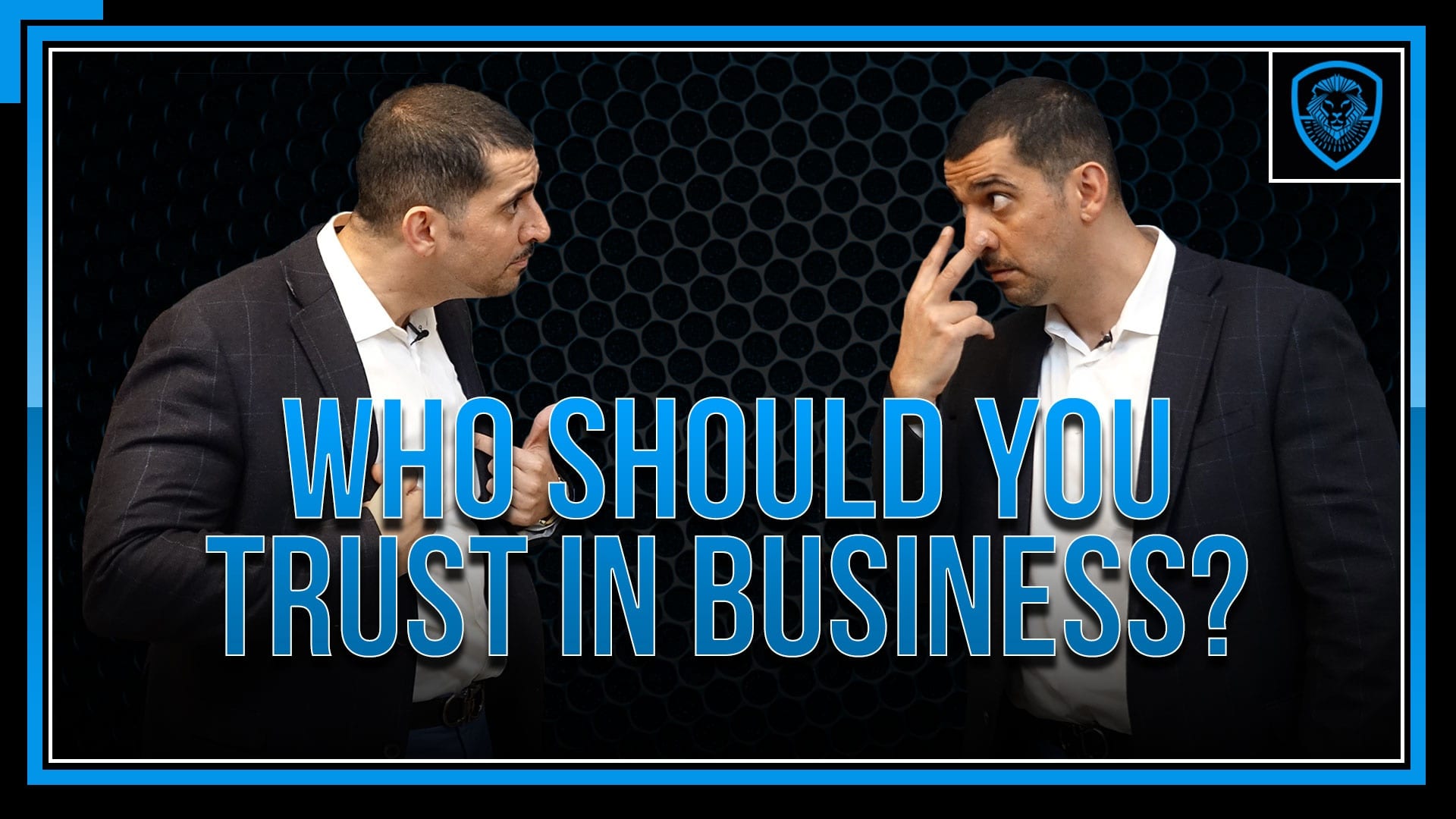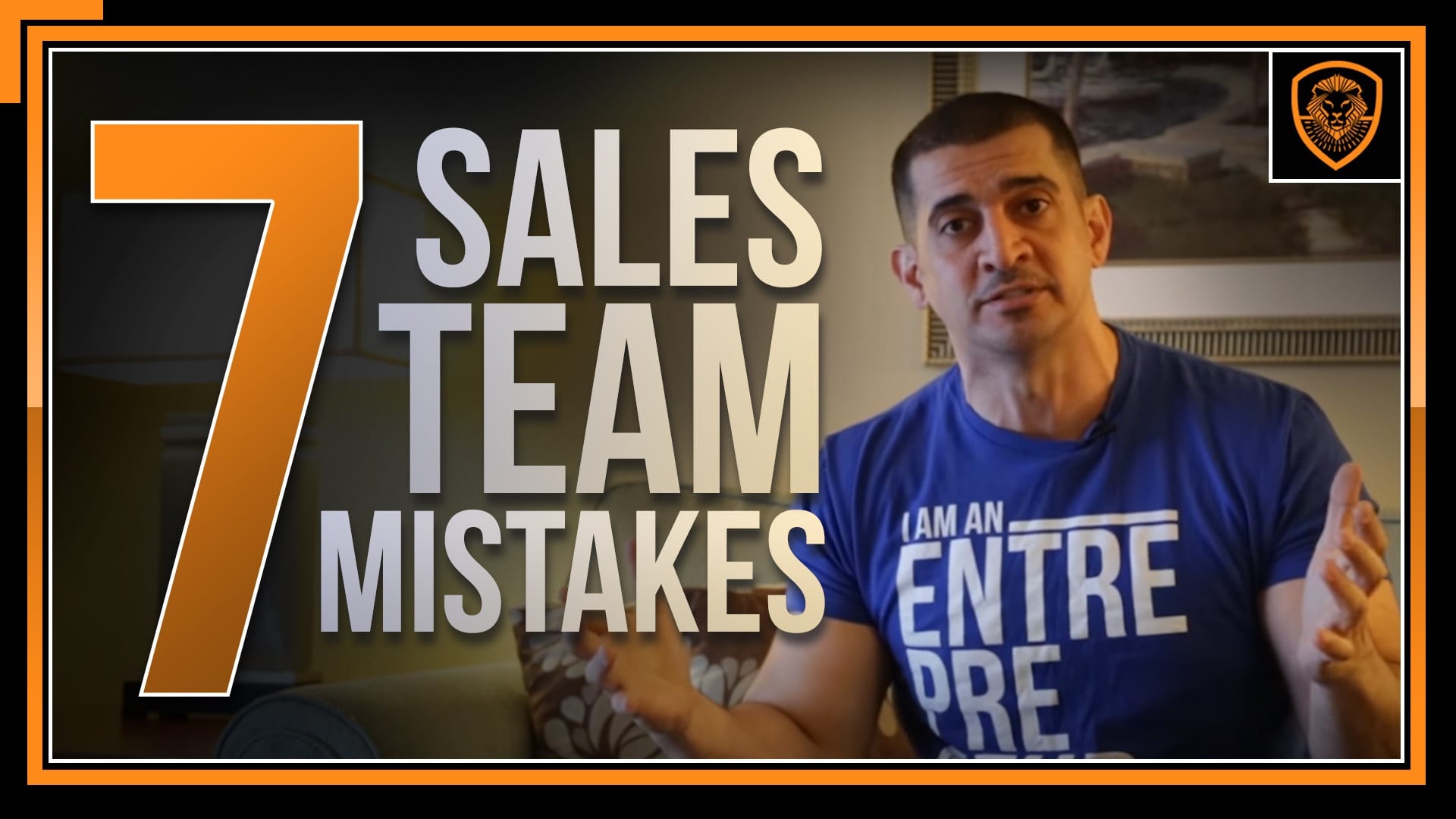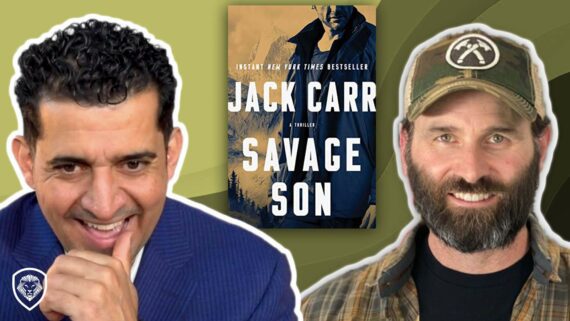Many times when you look at a very successful business from the outside, it seems like everything is perfect as if they have zero problems. But for a company to become successful, they have to do the ugly things very well, behind closed doors. One of the most unpleasant things you’ll ever have to do as a leader is fire people. Today I get into how to fire someone.
Before I go on, when it comes to how to fire somebody, keep in mind that you need to follow your state or country’s human resource laws and guidelines. What I’m sharing with you here are simple philosophies on how to fire someone.
I’ve been around the block for a while; I’ve hired and fired so many different people. The first time is always difficult. The closest correlation I can give you is that it’s like breaking up with someone. You’ll understand this better if you’ve broken up with someone and also if someone has broken up with you. If you have experience on both sides, you will know when somebody broke up with you, it hurt. And you will know when you broke up with somebody, what their reaction was.
The general consensus is that you want to finish things amicably. We all know the typical lines in a breakup: “Honey, it’s really not you, it’s me. I’m the problem. I just don’t see this thing going the direction we want it to go. Hey, we both knew this day was coming.”
Firing also has some typical lines, and it’s very important to know that you’re dealing with a human being. If the first thing you think about is that you’re dealing with a human being, you’ll take an entirely different approach rather than being robotic about it.
How to Properly Hire Someone
I’m going to get into 11 things to keep in mind when firing someone, but before I do that, it’s important to address that one of the biggest reasons why you have to put yourself in the position to fire somebody is because you didn't properly hire them.
Here are a few questions to ask about hiring:
- Did you call references?
- What type of references did you call?
- Did they go and talk to some other people to see if their personality is going to fit the culture?
- Is the person likable but has zero skill set?
- Did you do a background check on them to see about anything that they have going on?
- Did you ask the proper questions regarding anything questionable on their resume? For instance, if they said they were on a sabbatical for two years, you need to dig deeper to see if they actually had a job during that time that didn’t end well.
And once you ask those types of questions, then you hire. You have to figure out who the person is and if they fit the position before hiring them.
[bctt tweet="The rule that I live by when it comes to hiring and firing is to hire very slow, fire extremely fast." username="patrickbetdavid"]
Now let’s get into the 11 points on how to fire somebody.
#1: Fire Gently
First, when it comes time to fire somebody, the goal is to fire them gently. Period. There doesn't need to be any retaliation on either side. The employer can obviously hurt the employee, and the employee can obviously hurt the employer.
If things get started the wrong way, it’s not going to be pretty. If you bash the employee, no one will want to work for you, and if the employee bashes you, no one will want to hire them. One of the things I least like to hear in an interview is when somebody sits there and bashes the last two companies where they worked.
If it didn’t work out, it didn’t work out, and you should part ways as amicably as possible. That’s the outcome with 99.9% of the people you fire. The other .1% is when the person breached the contract, and they want to go out there and do something that’s going to hurt the company. It’s unfortunate, but that’s where general, and legal counsel comes in; very rarely does that ever happen.
#2: Get Right to the Point
[bctt tweet="When you’re firing somebody, get to the point. Don’t drag it out." username="patrickbetdavid"]
When you’re firing somebody, get to the point. Don’t drag it out. There's nothing more annoying than a drag-out breakup. While there may be a shock factor for the person you fire, and they may try to protest, don’t drag it out. You don’t need to defend yourself because by the time you get to the point of firing somebody, especially if you’ve watched this video or read this article, you’re not firing someone because you’re winging it.
#3: Be Firm Yet Gentle
The next point is to stay firm. So be gentle, get to the point, and stay firm. Don’t go back and forth with the person you're firing. This is not a debate. This is a decision. We're not debating here. You made the decision, it didn’t work out, they’re fired and need to move on.
#4: Acknowledge Their Feelings
Next, acknowledge their feelings. You could say something like, “Listen, I understand that this may be a bit of a frustrating moment for you. I understand this may be a disappointing moment for you. I've been fired before, and I can tell you, it's not very exciting when this happens. However, I just want to make sure I totally understand your feelings and what you're thinking.”
#5: Exit Interview is Generally Done by the Person Who Hired
Next, typically, the protocol I like to follow is that the exit interview is done by the person who hired them. If you’re the one who hired them, you fire them. Don't give your dirty work to somebody else.
[bctt tweet="If you’re the one who hired them, you fire them. Don't give your dirty work to somebody else." username="patrickbetdavid"]
Now let's just say you did the hiring, but they worked under John, who runs that entire department. Then it's you and John together in the room, talking to the person that's getting fired. But there needs to be an exit interview. This isn't a way to hurt somebody. You want to make sure to do it in a proper way. If you're dealing with someone who's a vendor or an independent contractor that works remotely, of course, you're going to fire them over the phone, but if you’re dealing with somebody that’s part of your in-house team, do it face-to-face.
#6: Usually Shouldn't Be a Surprise
When you fire someone, it shouldn’t be a surprise. Here’s why.
[bctt tweet="When you fire someone, it shouldn’t be a surprise." username="patrickbetdavid"]
Let's just say Bob has worked with me for 60 days. Within the first four weeks, I know areas that I’m not happy with Bob. During that time I’d say things like, "Bob, this is very important. Part of why we hired you was for these items stated in your job description. You told me that you type 65 words per minute, but it looks like you type 35 words per minute. You told me you spell right, but there are eight spelling errors in this email that you sent to a customer. What happened here? Here’s what I want you to do to improve in the future. If it happens again. . . ”
Note: It’s important that there’s a clear job description because then you can hold people accountable to the job description.
Or, "Bob, you told me you're somebody that shows up on time, but three times in the last two weeks, you've been late.” Bob may say, “But it’s only eight minutes.” “Eight minutes is eight minutes, and you told us you’re punctual. We expect people to be punctual. I just want you to know, if that continues, that's going to be a challenge.”
So let’s say that these two things continue. When it comes time to fire them, they won’t be surprised because you’ve been telling them what needs to improve. You could say, “Bob, I don't think this is going to be a surprise to you because you were late three times in two weeks, and I told you that's an issue. So we just have to let you go.”
Boom, to the point. See how easy that was?
If in the probationary period you told them areas where they need to improve and they didn’t make progress, it won’t be a surprise when it happens. Sometimes they may even quit before you fire them. Sometimes you want the person to resign before they’re fired; that's better for everyone
#7: Ask Permission to Give Feedback
Listen in here for how to give feedback, as well as a story I tell about me firing someone I absolutely loved. He’s probably listening to this, and enjoying hearing me tell the story.
#8: Don't Drag it Out
Do not drag out firing somebody. If you already know that you need to fire someone, don't wait two more months. Don't wait four more months. It's probably not going to change. You need to let them go now.
But wait. Some of you watching this will say, "I have to go fire these three people!" Wait. Have you already given them feedback on areas where they need to improve? Have you given them two to six weeks to see if they’ll make progress? If you’ve gone through all that, then fire them. But don’t, after watching this video or reading this article, fire every person in your office. If you do that, you’ll have nobody left and you’ll go out of business.
#9: Hire Slow, Fire Fast
As I mentioned earlier, you need to hire very, very slow, and fire very, very fast.
#10: Always Have a 90 to 120 Day Probationary Period
[bctt tweet="When you hire people, always have a 90 to 120-day probationary period." username="patrickbetdavid"]
When you hire people, always have a 90 to 120-day probationary period. Let them know you’re giving them an opportunity to work with you for 90 (or 120) days, and that you’ll decide during that time if they’ll stay with you. Tell them that anytime during the probationary period, you could choose to go a different direction. Also tell them the date their probation period ends, and ask if they’re comfortable with that. If they are, then you hire them.
#11: Have a Game Plan for Replacement
When you’re firing someone, you also need to have a plan for their replacement. Sometimes you can do it properly, and the person leaving can train their replacement. We just had to do that recently ourselves, and there was a process of training the replacement.
If you don’t have a replacement in training, you’ll be with someone that doesn’t know what they’re doing for a two to four-week period, and you don’t want that, right?
If you’re firing somebody that’s only been with you a month, you just fire them because they’re not equipped to train the next person.
So it's very, very important, very, very important for you to have a replacement in mind.
How to Fire Somebody Isn’t the Most exciting Subject But. . .
How to fire people is probably not the most exciting subject, but many of you keep asking me about how I fire people, and how you can fire someone the right way. This is the process that has improved for me over the years. Once you have a philosophy in place of how to fire, it becomes very easy.
But the key is, when team building, if you don't build a team full of talented people, you’ll have to continuously fire people because they won’t know what they’re doing. Hire properly, and you won’t have to fire people too often. That’s the goal because it’s never pretty.
With that being said, if you haven’t already subscribed to my YouTube channel, click on the button below to subscribe. And if you have any questions or comment about this, comment on the bottom.







